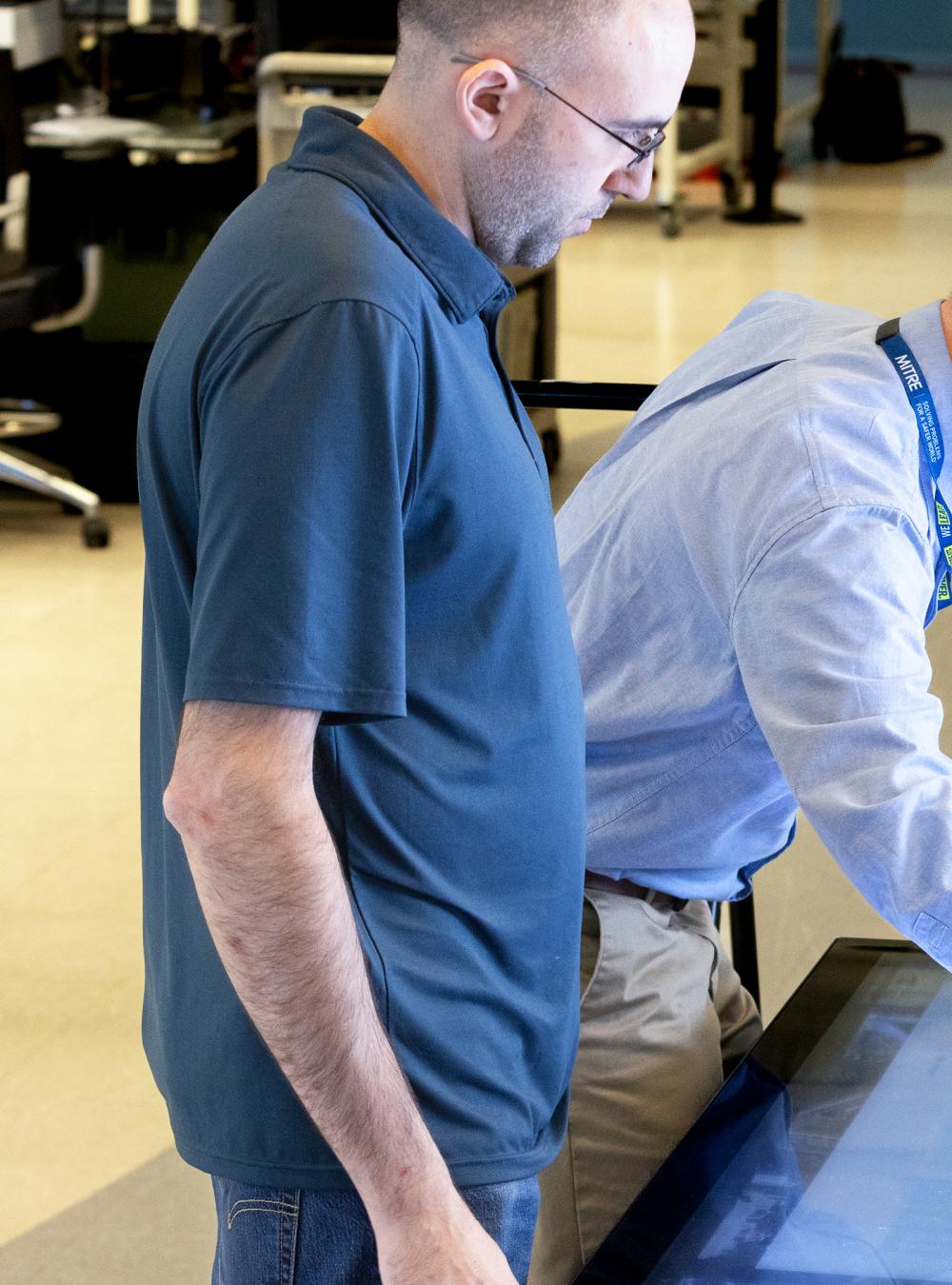
EDGE Lab
Advancing Technology to Support the Nation
Technology Performance, Evaluation, and Integration

About the EDGE Lab
The EDGE Lab delivers practical, technical solutions to further our government sponsors’ civilian and national security missions across the full acquisition lifecycle.
Centrally located in the DMV, our EDGE Lab engineers work in the lab and out in the field to create, integrate, test, and validate hardware and software applications across a variety of engagements.
We use government and commercial off-the-shelf equipment and software to build our solutions—empowering our sponsors to reduce risks, cut costs, inform acquisition decisions, and execute seamless technology transitions.
Our Capabilities
Hardware Integration and Testing

We develop public safety command, control, communication, computers, cyber and intelligence (C5I) systems. We specialize in communication networks such as:
- 5G
- SATCOM
- Wi-Fi
- Mesh
- Internet of Things (IoT)
Our work with sensor systems includes:
- Cameras
- Electro-Optical/Infra-Red
- RADAR
- Positioning, Navigation and Timing
- Unmanned Aircraft Systems
- CubeSat
- IoT
- Multi-Sensor Data TAK Experimentation Platform
Working from the physical to the application layers, our teams conduct:
- Rapid Prototyping
- Concept Exploration
- Operational fielding of fit-for-mission edge and mobile platforms services and applications.
Inside EDGE Lab
Our real-world, hardware-based environment houses a full suite of test equipment and common communications command, control, and sensor equipment used in public safety, including:
- Land Mobile Radios
- Mesh Radios
- Software Defined Radios
- Spectrum Analyzers
- Network Taps
- TAK-enabled Devices, and more!
We encourage our sponsors to join our trained engineers in the lab. Working together—we build technical solutions to address your greatest challenges.
Contact: Max Khanin
Smart Cities
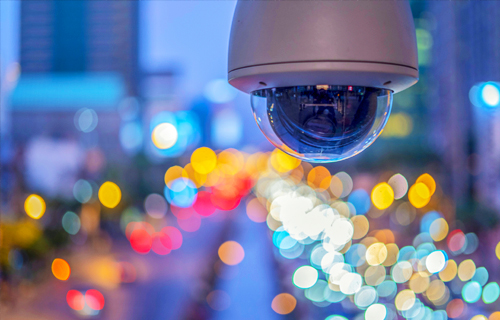
Cities are becoming “smart” by utilizing new sensor technologies—and the massive amounts of data they generate—to improve the quality of life for their residents.
Applying Technology to Reduce Urbanization
Urban planners apply the data/analytics produced by Smart Cities technologies to make their cities safer and more efficient at delivering services and resources. They are also making it a best practice to share this data with stakeholders and to seek community feedback to guide and inform their decisions.
Transportation & Public Safety
EDGE Lab is helping Smart Cities planners advance their transportation and public safety agendas through testing, evaluation, and prototyping in our laboratory. We also offer real-world venues such as the outdoor MITRE Smart Cities Range featuring smart sensors technologies including:
- Vehicle-to-Everything Technology Roadside units
- A modified vehicle equipped with an onboard unit
- Smart weather stations, smart cameras, and more.
Contact: Anne Townsend
Commercial Space

To strengthen the cybersecurity of commercial spacecraft, members of the commercial satellite industry, academia, technology vendors, and more are joining forces to collaborate and share information with each other.
The EDGE Lab fosters these partnerships by hosting a 3U Space-rated CubeSat with camera payload that can run onboard cyber assessments, along with a modeled ground segment. Users can apply the data and targeted outcomes generated by these technologies to:
- Create recommendations comprising open-source and commercially available components that satellite operators can modify, adapt, and implement.
- Develop new standards and guidelines.
Contact: Kimberly Garringer
The Range
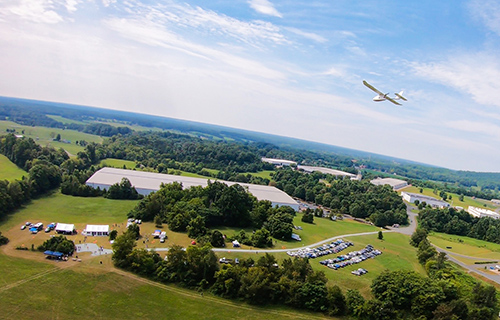
With more than 20 years of work in drone technology and applications, the Range is MITRE’s 16-acre proving ground in Orange County, VA. Technologists, government sponsors and first responders can use the Range to develop, test, and evaluate the newest advances for robotics, communications, autonomous systems, drones, and counter-drone systems.
The Range was granted a waiver from the Federal Aviation Administration for Remote ID and offers strong operational security and 5G UAV connectivity.
Contact: Craig Ulsh
Resilient Critical Infrastructure
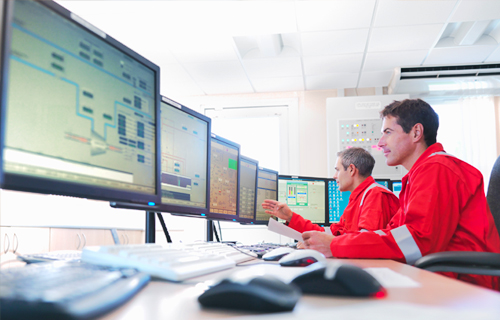
Coming Soon
To protect the manufacturing sector’s critical infrastructure (including operational technology, industrial control systems, and cyber-physical systems), cybersecurity professionals must detect, re-create, classify, and characterize the exploitability of known and potential vulnerabilities. Our engineers connect members of the public and private sectors to share their knowledge and data on operational technology and adversarial behavior to identify plausible attack scenarios, evaluate equipment and systems, and devise technical solutions to prevent and mitigate these risks.
Contact: Max Khanin
Mission Impact
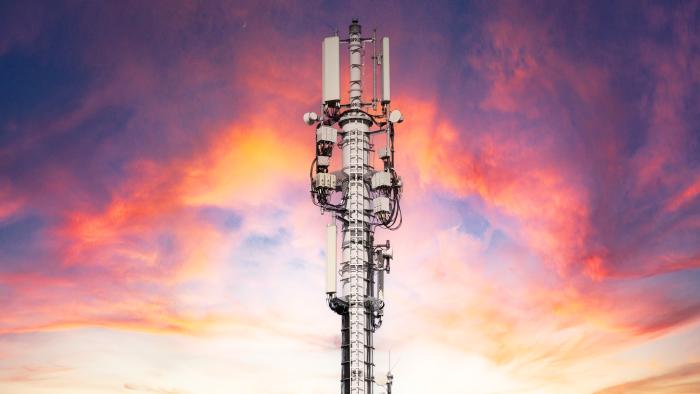
5G vs. Handheld Radio
The EDGE Lab created a 5G shipboard system prototype to show its viability and reduce risk for a potential technology upgrade. The prototype replaced the low-performing and more costly voice-only Land Mobile Radio System.
Without changing the shipboard transmission infrastructure, HSSEDI, operated by MITRE, demonstrated how the EDGE Lab’s 5G standalone network could send personal voice, text, and video applications using personal devices or service-issued, ruggedized smartphones. This demonstration helped the sponsor change course from procuring a refresh of a simple handheld radio system, to considering 5G—a more modern, secure option.
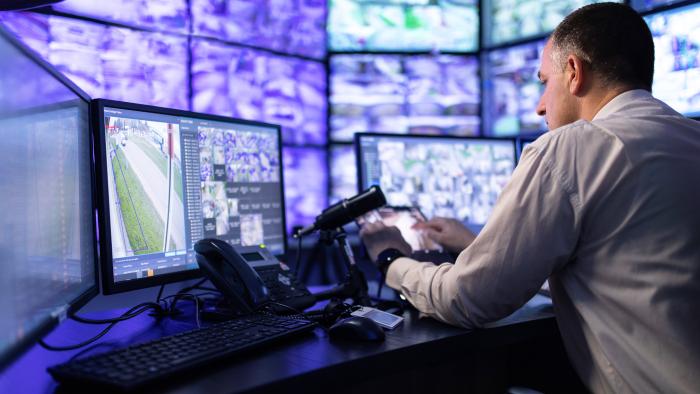
Securing Video Systems
Working with a major law enforcement investigative group, EDGE Lab engineers assessed their video management systems (VMS), which included sensors and cameras from multiple vendors. We used the assessment to test and recommend a single standardized VMSs which reduced costs and integration challenges caused by disparate edge devices.

Dead Zone No More
The EDGE Lab devised an innovative solution to help a law enforcement sponsor resolve a common problem. The sponsor was faced with a signal dead zone caused by a newly constructed building blocking their line of site. The situation also posed a safety hazard to the bustling cruise ship port nearby.
The EDGE Lab team designed, tested, and installed a multi-channel recorder, to validate a new location for the communications tower. This solution provided the necessary signal coverage and eliminated the safety hazard.
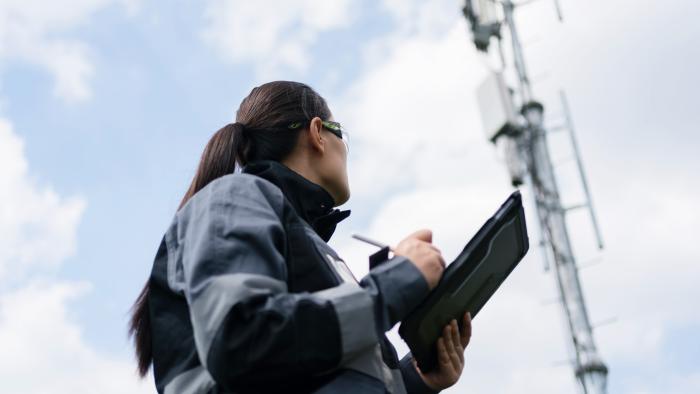
Home to the 5G Test Node
The EDGE Lab hosts and operates the only non-government 5G test-node in the nation and will soon join the Department of Homeland Security’s planned 5G Test and Development Network. Once this occurs, our sponsor—in partnership with HSSEDI, operated by MITRE—can test, evaluate, and integrate new government 5G public safety equipment in a real-world environment utilizing government 5G spectrum.

The EDGE Lab created a 5G shipboard system prototype to show its viability and reduce risk for a potential technology upgrade. The prototype replaced the low-performing and more costly voice-only Land Mobile Radio System.
Without changing the shipboard transmission infrastructure, HSSEDI, operated by MITRE, demonstrated how the EDGE Lab’s 5G standalone network could send personal voice, text, and video applications using personal devices or service-issued, ruggedized smartphones. This demonstration helped the sponsor change course from procuring a refresh of a simple handheld radio system, to considering 5G—a more modern, secure option.

Working with a major law enforcement investigative group, EDGE Lab engineers assessed their video management systems (VMS), which included sensors and cameras from multiple vendors. We used the assessment to test and recommend a single standardized VMSs which reduced costs and integration challenges caused by disparate edge devices.

The EDGE Lab devised an innovative solution to help a law enforcement sponsor resolve a common problem. The sponsor was faced with a signal dead zone caused by a newly constructed building blocking their line of site. The situation also posed a safety hazard to the bustling cruise ship port nearby.
The EDGE Lab team designed, tested, and installed a multi-channel recorder, to validate a new location for the communications tower. This solution provided the necessary signal coverage and eliminated the safety hazard.

The EDGE Lab hosts and operates the only non-government 5G test-node in the nation and will soon join the Department of Homeland Security’s planned 5G Test and Development Network. Once this occurs, our sponsor—in partnership with HSSEDI, operated by MITRE—can test, evaluate, and integrate new government 5G public safety equipment in a real-world environment utilizing government 5G spectrum.